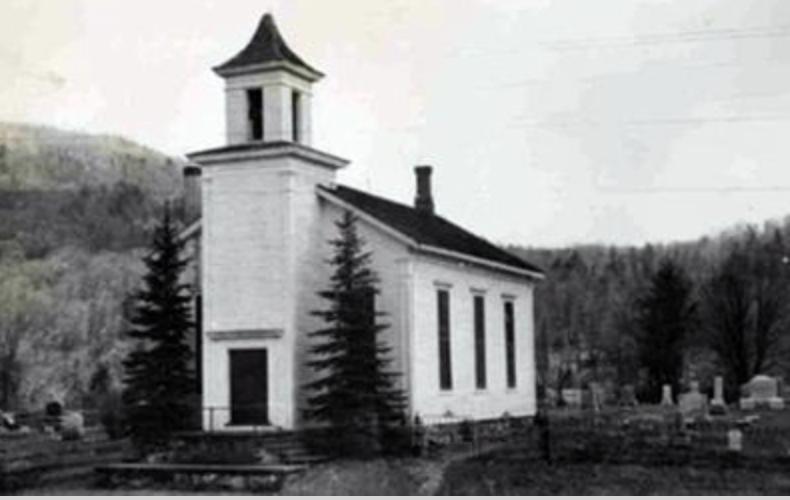My wife and I spend a few weeks each year at a cabin on the Beaverkill River in the Catskills of New York. We are in our 22nd year and our cabin, in a quiet rural area, has given us a window on the changes we frequently read about.
Overall, the beauty of the Catskills with it’s legendary trout streams provides a modest economic base built around tourism and second home dwellings. But, tourists and part-time dwellers do not provide volunteers for fire protection or regular church goers.
When we arrived there were two churches several miles apart; both were struggling. Neither had full-time pastors and both occupied old but classic New England style church buildings.
One lacked community leadership and is now closed. One is the center of a small community and is open in the summer with special events during other times of the year. And to say that the church is defined by its community is an understatement. The community does it all.
One feature that I find particularly interesting is a rotation of church members who deliver the Sunday message. Last year I became one of those.
Faith has many expressions. The Bible chronicles the first church and its many leaders. The epistles of Paul are filled with messages to the leaders in Corinth, Ephesus and beyond. He was framing first century theology and urging their devotion. We have to assume that these first communities of the newly faithful came together often and were led by persons who struggled with what to say. Undoubtedly they were thrilled to receive letters from Paul, but when it came to sustaining the church they were on the frontlines and on their own.
Today we read about shuttered churches, declining numbers of the ordained and falling church attendance. In a recent Wall Street Journal article about expanding suburbs, the writer noted a church in rapidly expanding Apex, North Carolina. There is a Catholic Church in Apex called St. Mary Magdalene. Father Donald Staib observed that in their new sanctuary there were eight stained-glass window panels from two closed churches in upstate New York.
My wife and I have heard a number of church messages presented by speakers at our small Catskill church. We find them insightful and often inspiring. And, it is not uncommon to find half the congregation participating in the service in one way or another. Maybe doctrinal elements are under emphasized, but expressions of how faith works in individual lives is more than an adequate substitute.
Now, this is not a message aimed at the ordained. Gifted religious professionals are crucially important. But, I do believe that churches should engage more lay people in the content of services. I know that preparing a message engages me well beyond commentary on the week’s news.
The churches in the Beaverkill Valley were once Methodist and I am told that the presiding Bishop did not make the transition to non-denominational status easy. I can imagine that regardless of the denomination, the powers that be don’t want to turn in reports showing fewer churches.
My limited research does not reveal an organization that encourages and facilitates congregation take-overs. I hope there are many faithful communities helping to reverse the downward slide and while doing so enriching their spiritual life.
One final thought. Today headlines and commentary rage about court battles over religious freedom. Most deal in one way or another with government actions. Forcing The Little Sisters of the Poor to pay for contraception insurance coverage is probably the most memorable of recent years.
My concern, however, turns more on faithful communities and less on the latest outrage. In fact, I think that when politics is fused with religious doctrine, faith suffers. But when the faithful reach out and touch those in need, even the jaded are forced to pay attention.
Al Sikes is the former Chair of the Federal Communications Commission under George H.W. Bush. Al recently published Culture Leads Leaders Follow published by Koehler Books.



Write a Letter to the Editor on this Article
We encourage readers to offer their point of view on this article by submitting the following form. Editing is sometimes necessary and is done at the discretion of the editorial staff.